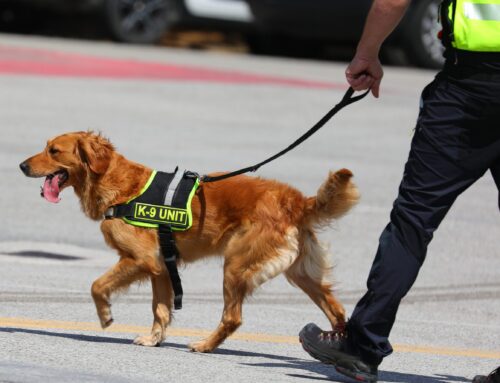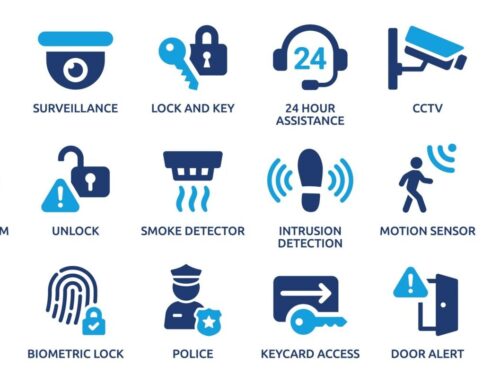Undeveloped land can be left empty for many reasons, but it will always present an attractive prospect for unauthorised encampment, even if it is privately owned land. Fields, roadside areas, demolished building sites or empty land awaiting development, they are all open to being accessed by the travelling community and this can be extremely damaging.
If land is occupied unlawfully it can lead to damage from animals, vehicles or people, but if the land is a well-known landmark it can be very bad public relations for whoever owns the land. So how does the landowner evict the travellers safely and legally? Fortunately there are a couple of options.
Unauthorised occupation is not necessarily a criminal offence
First of all it is important to understand that you can’t simply call the police if you want to evict travellers from your land. This is because unauthorised encampment is a civil matter, not a criminal one, so the police can only stand by and observe until a criminal offence is made, rather than help you with the eviction process. However, if the travellers have forced entry to your land, or have been violent in setting up encampment, then the police can intervene straight away as a criminal offence has been committed.
Common law eviction
The first option open to landowners is via common law, which is covered under section 61 of the Criminal Justice Act. This states that landowners have a right to remove people from their site using ‘reasonable force’. But the landowner should have certified enforcement officers (CEOs) (formerly known as bailiffs) present to oversee the process and ensure it is fair and legal. Using common law is the quickest and cheapest method of eviction. You should follow this simple process:
- Approach the travellers calmly and ask them to leave if you feel safe to do so. You could consider using a dog security team to accompany you or to carry out this duty, if you don’t feel safe to do so yourself.
- You need to give them a reasonable amount of time to leave the site, this is usually around 24 hours, but can be sooner than that if they are acting unreasonably, ie. causing noise, mess and nuisance. However, trying to evict them with little notice late at night when children are asleep, or if they are showing obvious signs of moving on, for example, could be considered unreasonable under common law.
- If the travellers have not left or are showing no signs of doing so, CEOs can be instructed to make them leave, but still only using reasonable force. Again, you could employ dog security to ensure this is done professionally, legally and using a visible deterrent.
- Take photos and information as evidence.
- Police should be present to oversee there are no breaches of the peace and to intervene where a criminal offence takes place, such as threatening behaviour, violent behaviour or if there are six or more vehicles on site.
Writ of possession
This second option is where you would apply to a county court for a ‘writ of possession’ against ‘persons unknown’, which is enforced by a High Court Enforcement Officer, and needs to be handed personally to the travellers or posted visibly on the site. Here, the process is:
- Ask the travellers to leave, again using dog security if necessary.
- If/when the travellers refuse to leave you can apply to the court for the order of possession under part 55 of the Civil Procedure Rules.
- Serve the writ to the travellers.
- If they do not leave site a judge can issue a possession order with a date for a future hearing.
Obviously this process takes much longer, involves court costs and could result in more damage to your land as the travellers will be on site for a longer period of time while it is resolved. However, it does cover full legal recourse, unlike the common law method where you are open to breaching the criminal laws if excessive force or unreasonable behaviour is used. If you used excessive force using the common law method, you could face a claim from the travellers.
Professional site eviction using React K9
It is always advisable to use professional dog security for a site eviction, particularly when following the common law method. This ensures you are safe and that the process is followed lawfully. Once the site has been cleared you should also then act to protect it from reoccupation. This can involve erecting barriers, bollards and good quality gating, but can also involve employing dog security to carry out regular patrols of the site and to act as a visible deterrent, so if you have private land exposed to potential unlawful occupation, contact React K9 today.




